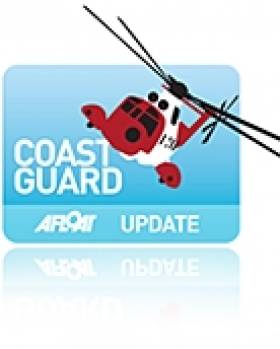Displaying items by tag: Pere Charles
Two Dead In Separate Incidents At Sea On Thursday
#Coastguard - The Irish Times reports on the death of a local fisherman off the Waterford coast on Thursday morning in an incident that prompted a major coastguard and lifeboat search and rescue operation - six years to the day after the tragic sinking of Dunmore East trawler the Pere Charles.
The Irish Coast Guard's Rescue 117 helicopter was dispatched to before 8am along with the RNLI lifeboats from Dunmore East and Tramore to the scene off Brownstown Head after a 16-foot fishing boat capsized, throwing its two-man crew into the water.
James Tate reached the shore unaided after some two hours in the water to raise the alarm. He was later treated for shock and hypothermia.
His friend Johnny Flynn - a former member of the Dunmore East lifeboat crew, according to the Irish Independent - was found unconscious in the water by the coastguard helicopter before 8.30am, but efforts to resuscitate him were unsuccessful.
The men's boat has been recovered, and a spokesperson for the Marine Casualty Investigation Board confirmed that a full investigation and inquest into Flynn's death would take place.
The incident came just two days after four fishermen were rescued from their boat off Hook Head in Co Waterford.
Elsewhere, it's reported that a Spanish fisherman died after sustaining head injuries on a trawler off Loop Head in Co Clare on Thursday morning.
The Irish Times has more on both stories HERE.























